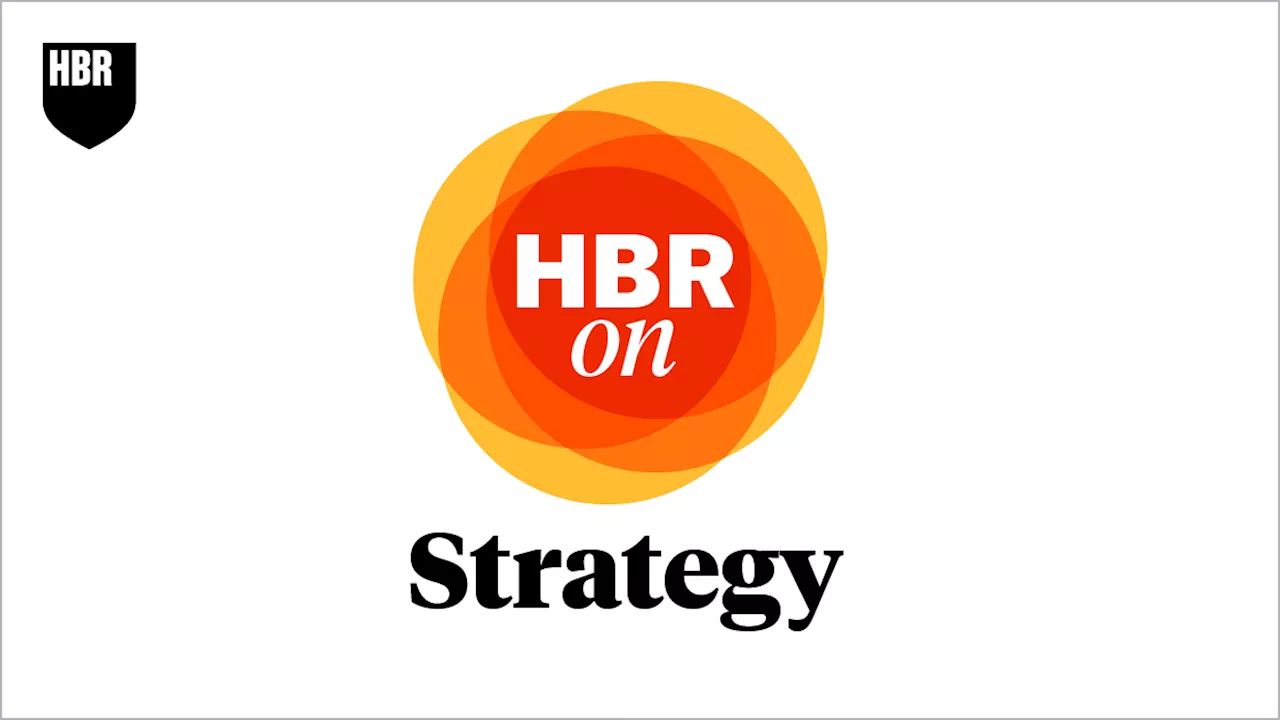HBR On Strategy episode discusses the elusive nature of sustainable competitive advantage with Chris Zook, partner at Bain & Company. Zook shares three key principles to help organizations find and maintain an enduring competitive advantage, using real-world examples from IKEA, Enterprise Rent-A-Car, and Nike.
points out that it’s elusive for most companies. He notes that less than one in 10 companies even achieve a modest level of sustained and profitable growth over a 10-year period on average.
CHRIS ZOOK: Well, it’s quite interesting. The work in the book Repeatability was really borne of a paradox that we began observing, which was that from a database, we created about 8,000 businesses in the last 25 to 30 years at Bain & Company. We found that only now less than 1 in 10 companies achieve even a modest level of sustained and profitable growth over a 10-year period on average.
And they actually said– and we’d never heard this before– they overwhelmingly said it was managing their time and energy in the face of growing complexity. And when we probed further, it was really a sense that the world is moving faster. I just came from Davos. In one talk after another, I would hear economists, and historians, and even the leader of the forum say that it was almost as if history was happening faster.
And so we began a process of interviewing CEOs, and executives, and building another database of about 200 companies with a lot of their practices and characteristics of their strategies in search of what we call the design principles of enduring strategies.
A simple and great example is Vanguard, the company which, during the financial crisis, amazingly captured 40% of all the free money circulating in the United States. And it’s very interesting.
And if you talk to Andy Taylor, Jr., the son of the founder and CEO, until recently, he says that basically the whole company is built around one measurement, one feedback number, which they call ESQI. It’s a customer loyalty measure of, would you come back or not? And they actually rank order every single one of 8,000 branches every week, publish the data. And if you’re in the bottom section of that group, there are no promotions and no bonuses.
And yet, along the way, Nike developed a repeatable model around a few very simple and clear forms of differentiation to do with performance, and design of materials, and the brand, and their supply chain to Asia, and above all being superb at signing contracts with top athletes of the world, like Roger Federer.
STRATEGY LEADERSHIP GROWTH STRATEGY LONG-TERM GROWTH COMPETITIVE ADVANTAGE
United States Latest News, United States Headlines
Similar News:You can also read news stories similar to this one that we have collected from other news sources.
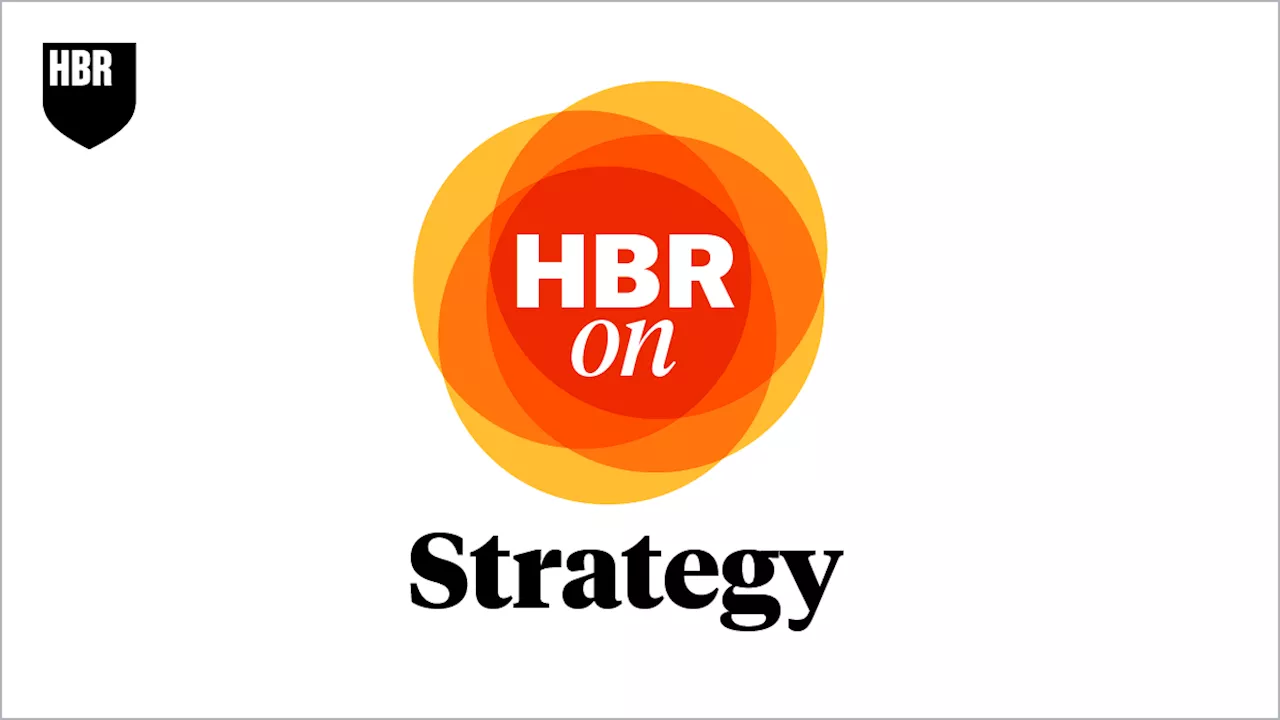 Finding and Maintaining Sustainable Competitive Advantage in a Complex WorldThis episode of HBR On Strategy features Chris Zook, a partner at Bain & Company, who discusses the challenges of achieving sustainable competitive advantage in today's rapidly changing business environment. Zook highlights the paradox of businesses facing abundant opportunities yet struggling to achieve consistent profitable growth. He attributes this challenge to the increasing complexity faced by organizations, which hinders their ability to react swiftly and adapt to market changes. Zook emphasizes the importance of simplicity and fighting against complexity as a strategic prescription for companies.
Finding and Maintaining Sustainable Competitive Advantage in a Complex WorldThis episode of HBR On Strategy features Chris Zook, a partner at Bain & Company, who discusses the challenges of achieving sustainable competitive advantage in today's rapidly changing business environment. Zook highlights the paradox of businesses facing abundant opportunities yet struggling to achieve consistent profitable growth. He attributes this challenge to the increasing complexity faced by organizations, which hinders their ability to react swiftly and adapt to market changes. Zook emphasizes the importance of simplicity and fighting against complexity as a strategic prescription for companies.
Read more »
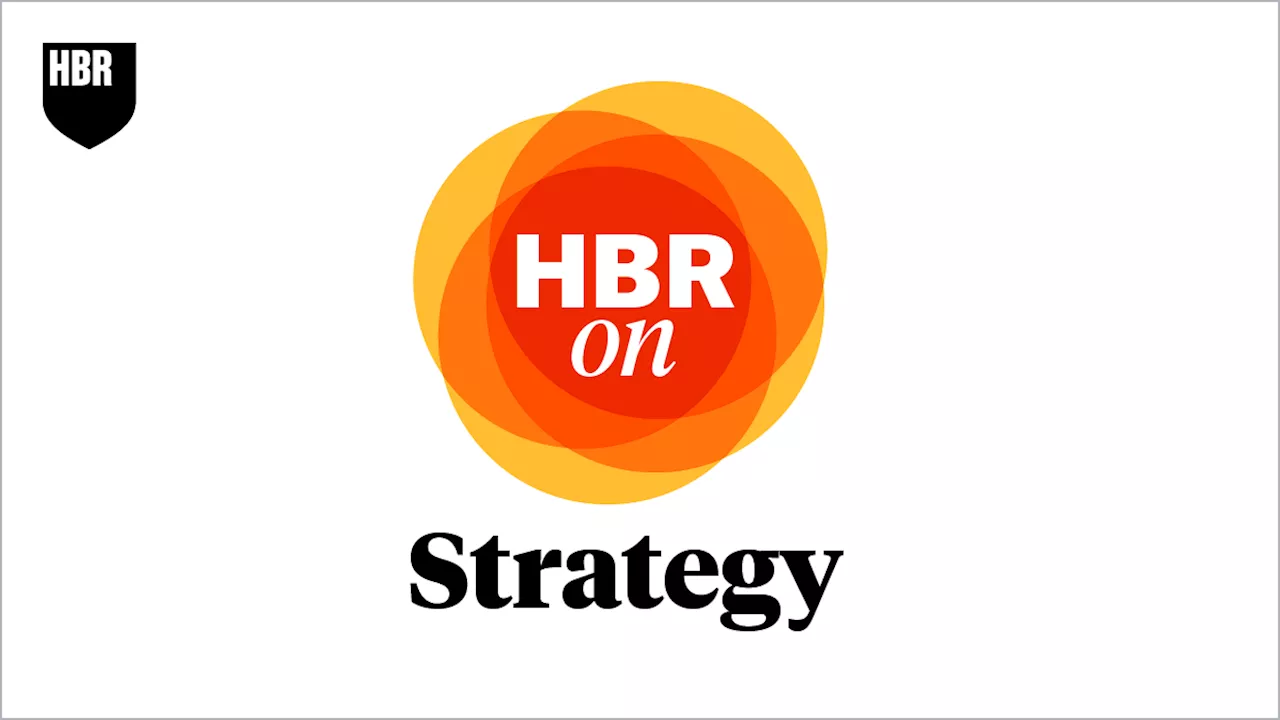 Unlocking Enduring Competitive Advantage: A Conversation with Chris ZookHarvard Business Review's HBR On Strategy podcast explores the strategies, leadership styles, and case studies that drive business success. In this episode, we delve into the complexities of achieving sustainable competitive advantage with Chris Zook, a partner at Bain & Company and co-head of their strategy practice. Zook reveals the paradoxical truth that despite abundant opportunities, most businesses struggle to achieve consistent growth. He identifies complexity as the primary barrier, highlighting how fast-paced change clashes with the inherent inertia of many organizations. Drawing from his extensive research and real-world examples, Zook offers three key principles to help businesses navigate this challenge and build enduring competitive advantage.
Unlocking Enduring Competitive Advantage: A Conversation with Chris ZookHarvard Business Review's HBR On Strategy podcast explores the strategies, leadership styles, and case studies that drive business success. In this episode, we delve into the complexities of achieving sustainable competitive advantage with Chris Zook, a partner at Bain & Company and co-head of their strategy practice. Zook reveals the paradoxical truth that despite abundant opportunities, most businesses struggle to achieve consistent growth. He identifies complexity as the primary barrier, highlighting how fast-paced change clashes with the inherent inertia of many organizations. Drawing from his extensive research and real-world examples, Zook offers three key principles to help businesses navigate this challenge and build enduring competitive advantage.
Read more »
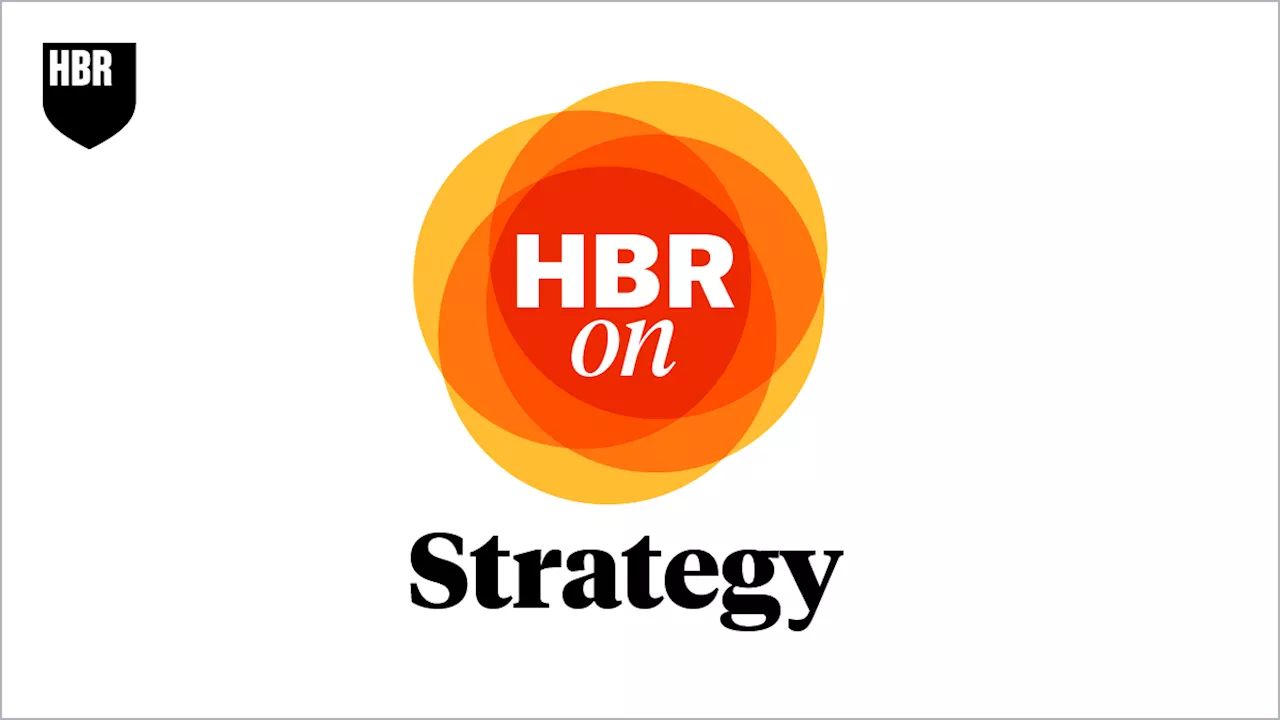 Finding Sustainable Competitive Advantage in a Complex WorldThis episode explores the elusive nature of sustainable competitive advantage and shares three key principles for organizations to find and maintain it. Featuring insights from experts like Chris Zook, it examines the challenges posed by complexity and offers real-world examples from companies like IKEA, Enterprise Rent-A-Car, and Nike.
Finding Sustainable Competitive Advantage in a Complex WorldThis episode explores the elusive nature of sustainable competitive advantage and shares three key principles for organizations to find and maintain it. Featuring insights from experts like Chris Zook, it examines the challenges posed by complexity and offers real-world examples from companies like IKEA, Enterprise Rent-A-Car, and Nike.
Read more »
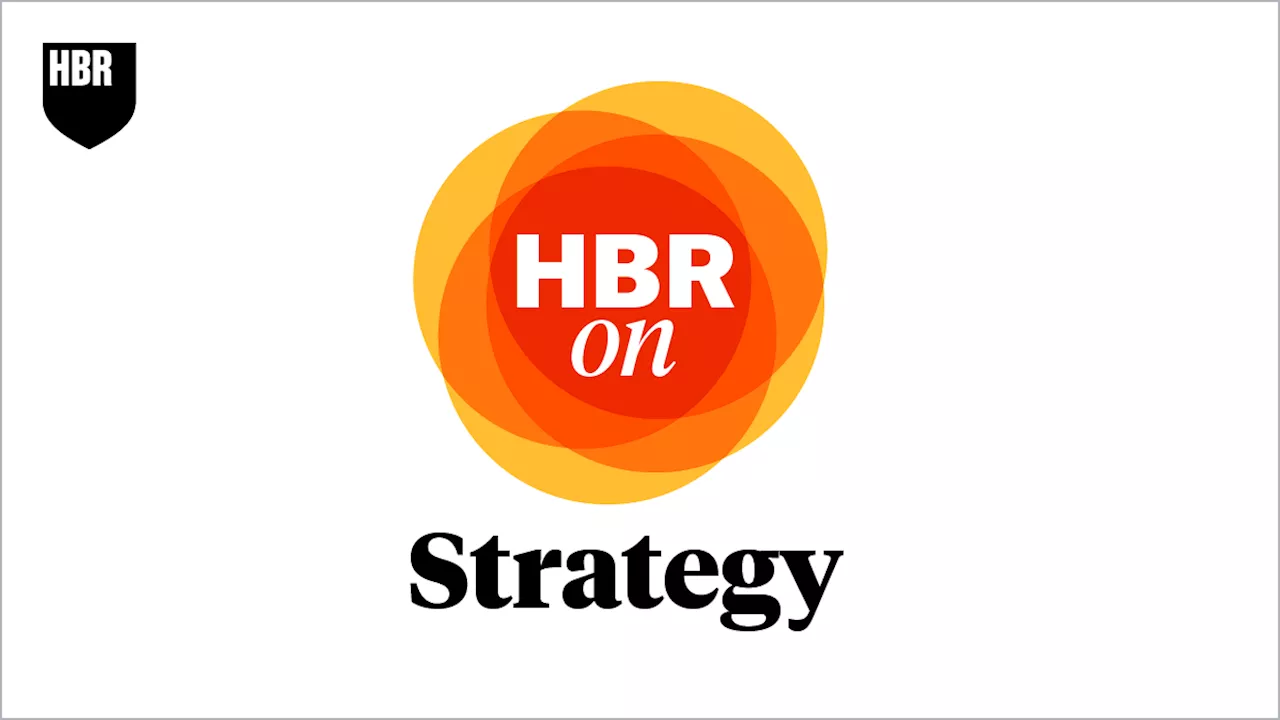 Unlocking Competitive Advantage: The Power of Simplicity in a Complex WorldChris Zook discusses the elusive nature of sustainable competitive advantage and proposes that simplicity, rather than complexity, is the key to success.
Unlocking Competitive Advantage: The Power of Simplicity in a Complex WorldChris Zook discusses the elusive nature of sustainable competitive advantage and proposes that simplicity, rather than complexity, is the key to success.
Read more »
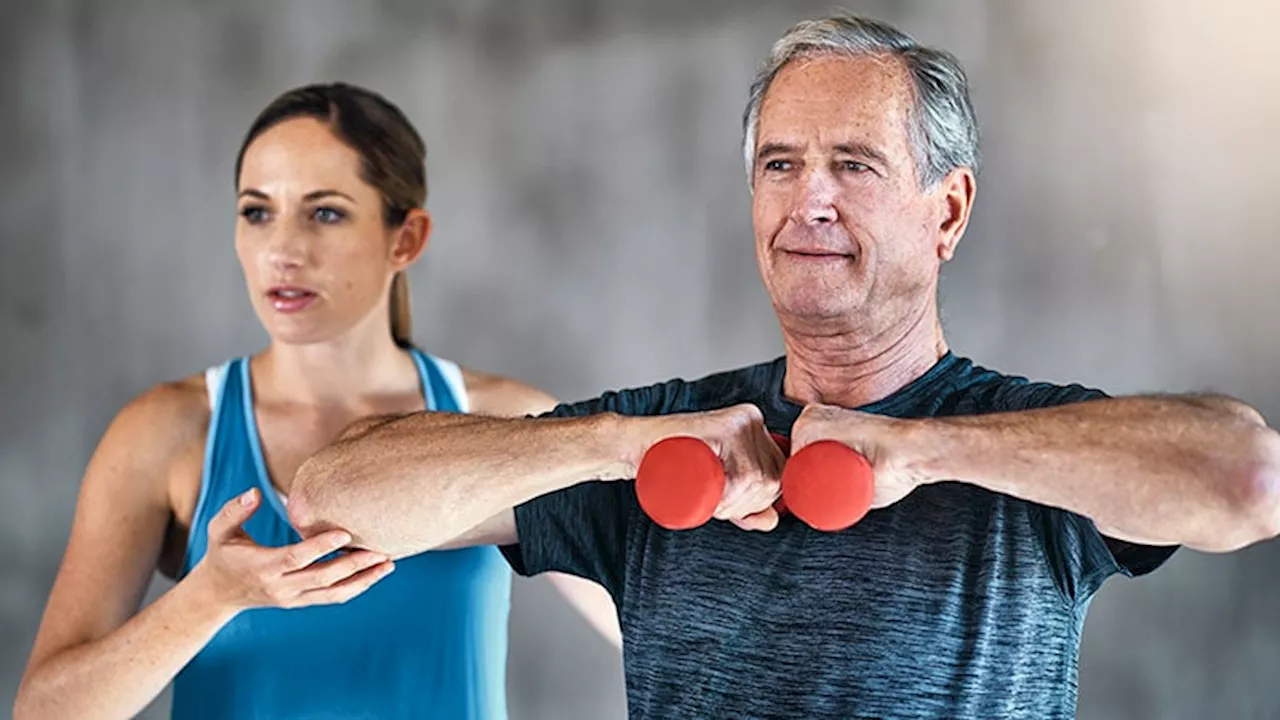 BCL6 Protein May Hold Key to Maintaining Muscle MassA new study in mice suggests that the protein B cell lymphoma 6 (BCL6) plays a crucial role in maintaining healthy muscle mass. Mice lacking BCL6 exhibited significantly reduced muscle mass and function, while increasing BCL6 levels reversed these losses. The research also indicates that fasting may reduce BCL6 levels in muscles, potentially contributing to muscle wasting. These findings could pave the way for therapies targeting BCL6 to combat muscle-wasting diseases.
BCL6 Protein May Hold Key to Maintaining Muscle MassA new study in mice suggests that the protein B cell lymphoma 6 (BCL6) plays a crucial role in maintaining healthy muscle mass. Mice lacking BCL6 exhibited significantly reduced muscle mass and function, while increasing BCL6 levels reversed these losses. The research also indicates that fasting may reduce BCL6 levels in muscles, potentially contributing to muscle wasting. These findings could pave the way for therapies targeting BCL6 to combat muscle-wasting diseases.
Read more »
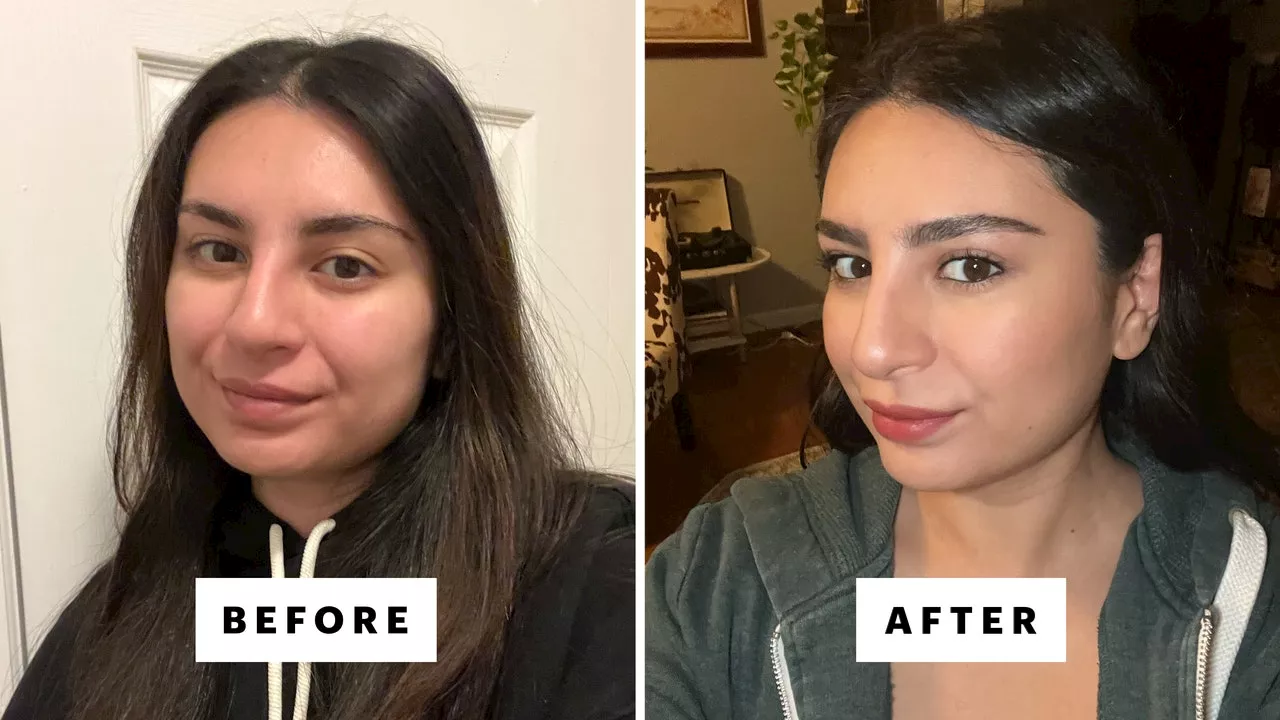 My Year-Long Guide to Maintaining Fluffy, Symmetrical Brows at HomeThis article shares a step-by-step guide on how to maintain thick, fluffy, and symmetrical brow shape at home. It covers tips for at-home brow styling, including plucking, trimming, and using eyebrow pencils and gels. The author also recommends professional brow styling maintenance treatments.
My Year-Long Guide to Maintaining Fluffy, Symmetrical Brows at HomeThis article shares a step-by-step guide on how to maintain thick, fluffy, and symmetrical brow shape at home. It covers tips for at-home brow styling, including plucking, trimming, and using eyebrow pencils and gels. The author also recommends professional brow styling maintenance treatments.
Read more »
